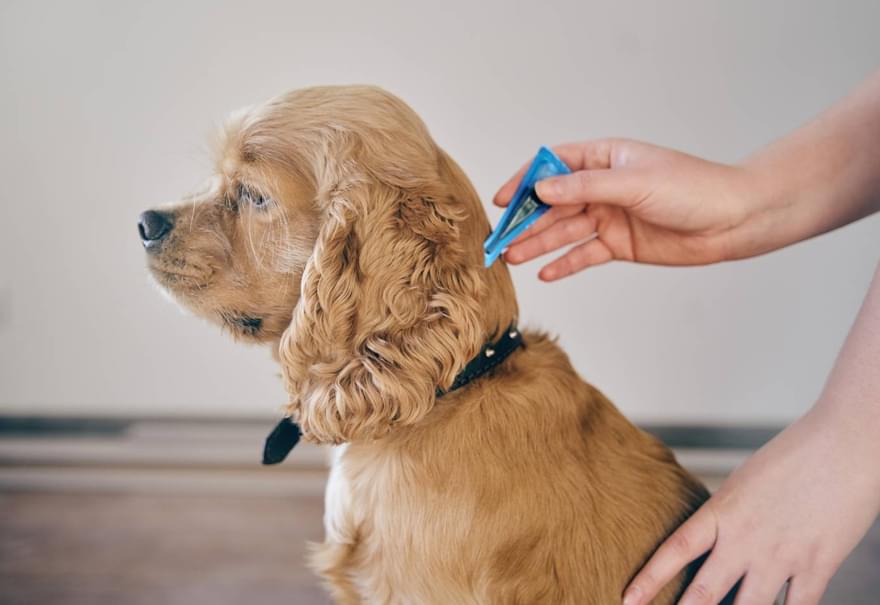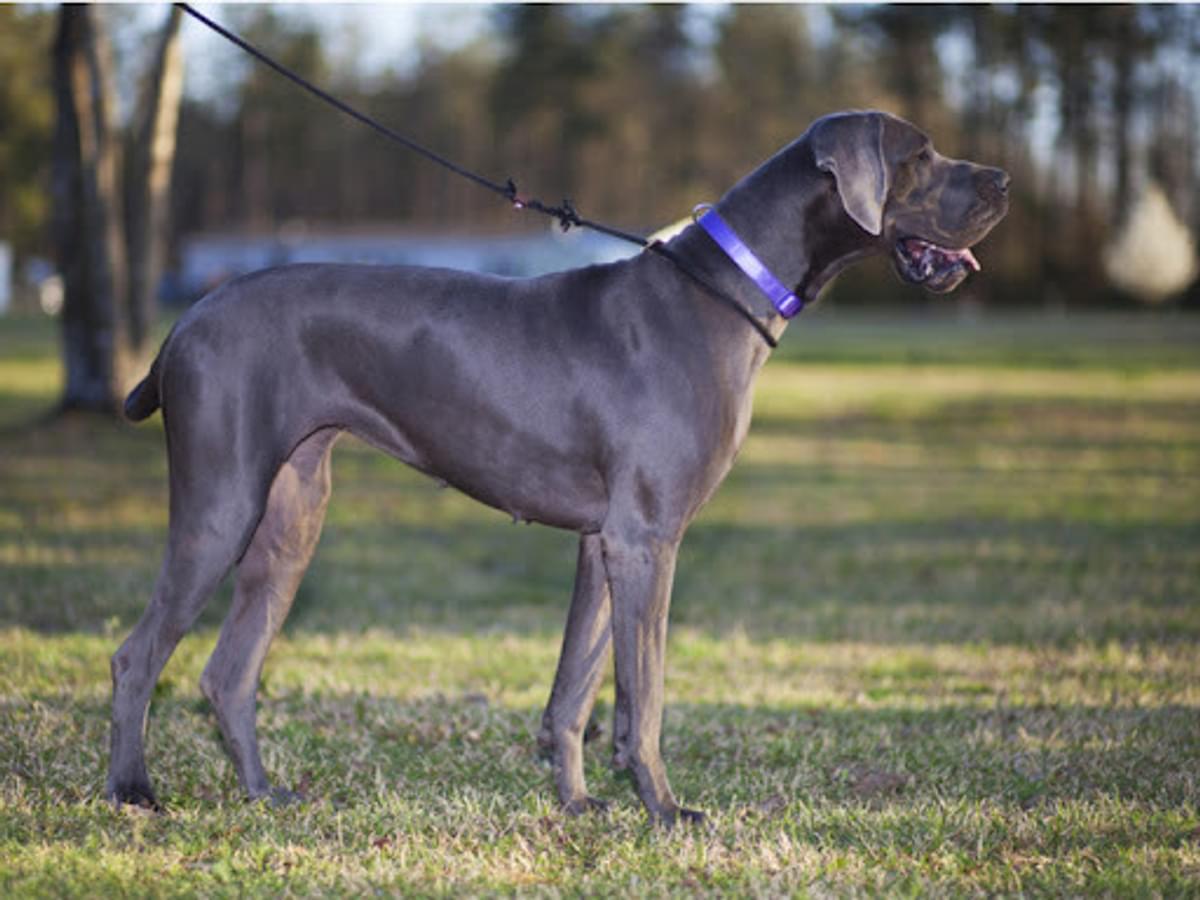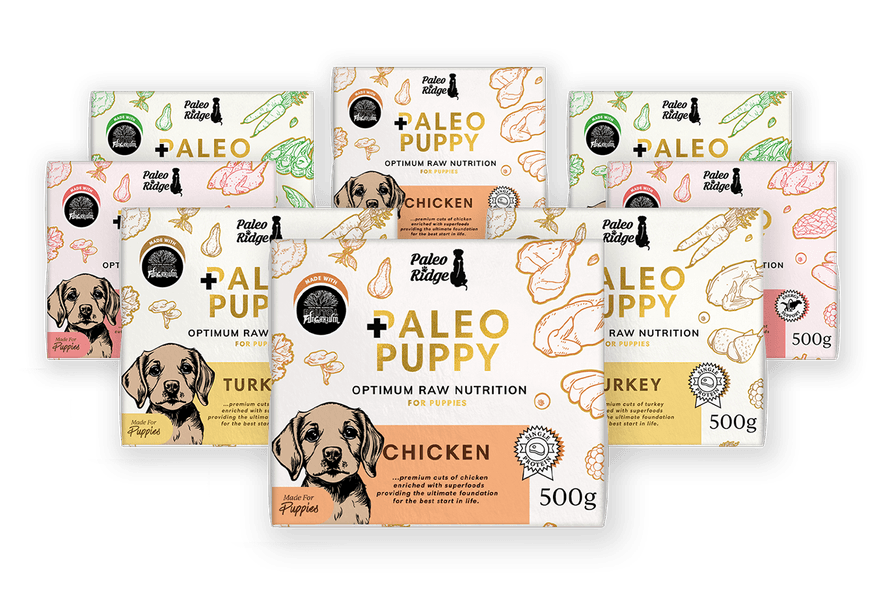As we’ve mentioned above, dogs can quickly "bloat" if they eat a large meal and then indulge in strenuous exercise, so it’s advisable to wait at least an hour after feeding before taking your pup for a walk, longer if you have one of the breeds listed above or are going to be doing vigorous activities.
Letting your dog relax and digest food for at least 2 hours, especially if they have eaten a large meal, will help prevent bloat from occurring. Dogsbarn cover the topic of dog exercise thoroughly and provide useful information on a wide range of activities and requirements for different breeds.
Feeding After Exercise - What You Need to Know
Some people worry that exercising a dog on an empty stomach may cause them harm. However, dogs can go quite a long time without eating, so unless they have a medical condition such as diabetes, walking them in the morning before they have their breakfast won’t have them collapsing from exhaustion at the dog park.
Once again, it’s better to avoid feeding your pooch for about an hour afterwards to give their metabolism a chance to settle down. Inhaling air when eating can also cause bloat, so feeding your pooch after exercise can exacerbate this and, once again, should be avoided.




